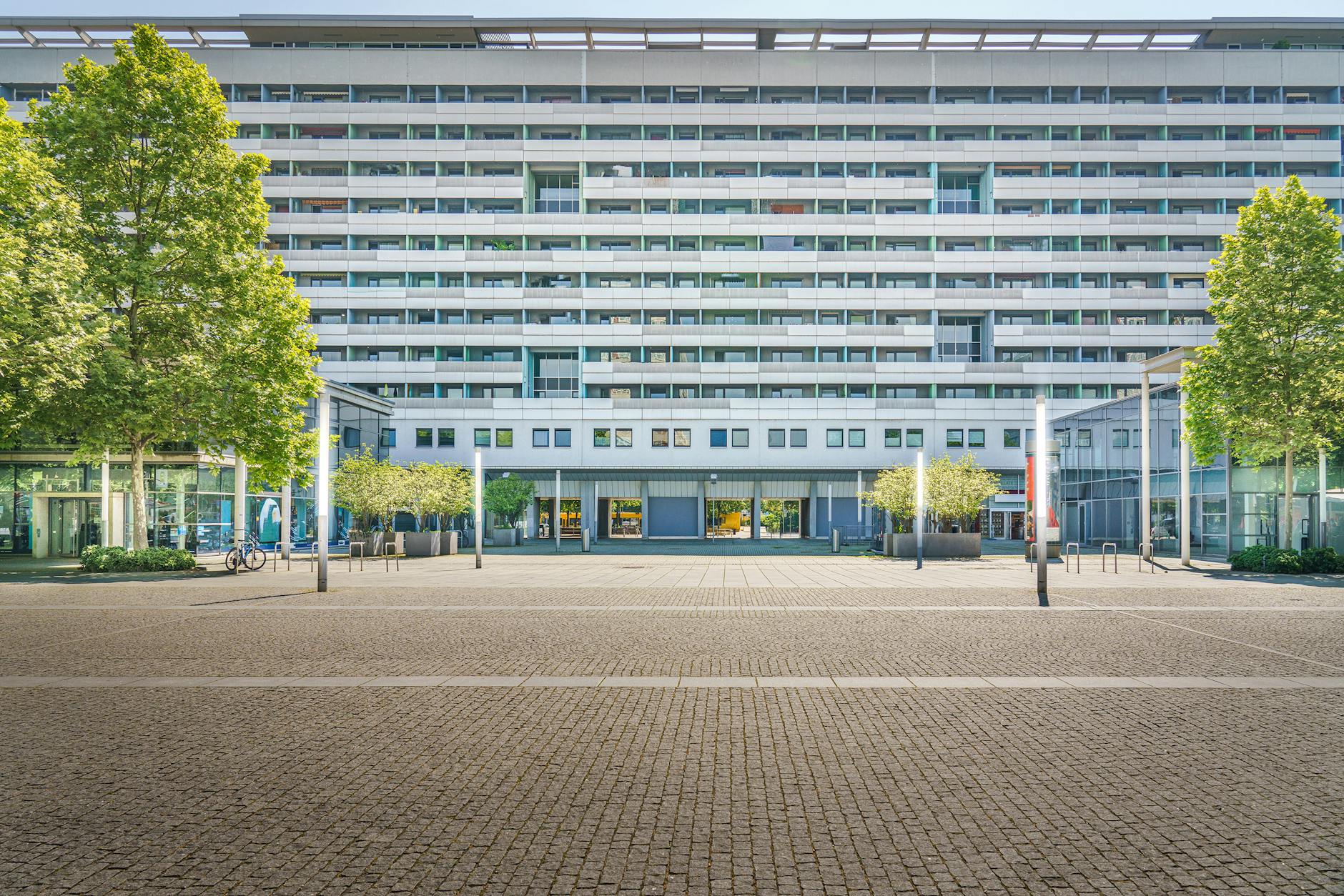A Comprehensive Guide to Commercial Real Estate Leasing and Brokerage
Introduction
Commercial real estate leasing and brokerage are fundamental components of the dynamic real estate market, involving intricate processes and strategic decision-making. Whether you’re a business looking to lease office space or a property owner aiming to attract high-quality tenants, understanding the mechanics of commercial leasing and brokerage is crucial. This comprehensive guide explores the core aspects of commercial real estate leasing, the role of brokerage services, and key factors influencing lease agreements. By delving into market analysis, negotiation strategies, and legal considerations, this article aims to equip you with the knowledge needed to make effective leasing decisions and leverage brokerage expertise to optimize your commercial property ventures.
Understanding commercial real estate leasing
Leasing commercial property differs significantly from residential leasing due to varying property types, lease terms, and tenant expectations. Commercial leases generally fall into three categories:
- Gross lease: The landlord covers most expenses like taxes and maintenance, while tenants pay a fixed rent.
- Net lease: Tenants pay base rent plus some or all operating expenses (single, double, or triple net leases).
- Percentage lease: Rent depends partly on tenant sales revenue, common in retail spaces.
The lease term often ranges from 3 to 10 years, with options for renewal and rent escalations. Key considerations include:
- Space suitability in terms of size and location
- Tenant improvement allowances
- Maintenance responsibilities
- Lease renewal rights
Commercial leases also involve more rigorous financial vetting of tenants and will typically include detailed clauses on use restrictions, subleasing, and termination conditions.
The role of commercial real estate brokerage
Commercial brokers serve as intermediaries, connecting property owners with potential tenants and facilitating lease negotiations. Their expertise lies in market knowledge, property valuation, and understanding tenant requirements. Key functions of brokerage services include:
- Market analysis: Assessing supply and demand, competitive rates, and market trends.
- Property marketing: Promoting listings to relevant audiences through networks and digital platforms.
- Lease negotiation: Advocating for clients to obtain favorable terms and ensuring compliance during lease drafting.
- Tenant representation: Providing advice to tenants on space selection, costs, and lease obligations.
Brokers are typically compensated through commissions based on a percentage of the lease value, aligning their incentives with successful transactions.
Key factors influencing commercial leasing decisions
Several critical elements shape the leasing process from both landlord and tenant perspectives. These factors include:
| Factor | Landlord considerations | Tenant considerations |
|---|---|---|
| Location | Proximity to demand, accessibility, prestige | Customer traffic, employee convenience, transport links |
| Lease terms | Duration, rent escalation, maintenance clauses | Flexibility, renewal options, exit strategies |
| Cost | Market rent rates, operating expense recovery | Total occupancy cost, including hidden expenses |
| Space design | Ability to customize for tenant needs | Functionality, efficiency, future growth accommodation |
Understanding these overlapping interests fosters better negotiation outcomes and long-term leasing relationships.
Legal and practical aspects of lease agreements
Commercial lease agreements are legally binding documents that define the rights and obligations of both parties. Key legal considerations include:
- Compliance: Ensuring leases adhere to local zoning laws, building codes, and environmental regulations.
- Insurance requirements: Clarifying responsibilities for casualty, liability, and property insurance.
- Dispute resolution: Including mediation or arbitration clauses to manage conflicts outside of court.
- Defaults and remedies: Specifying what happens in cases of lease violations or non-payment.
Practical aspects also involve careful documentation of tenant improvements, security deposits, property maintenance schedules, and clearly defined communication channels to avoid misunderstandings.
Conclusion
Commercial real estate leasing and brokerage encompass a complex yet essential part of business strategy and property management. Successful leasing depends on understanding diverse lease structures, leveraging the expertise of brokers, and carefully evaluating location, costs, and lease terms. Equally important are navigating the legal framework and ensuring transparent agreements to protect both landlords and tenants. This guide has underscored how interconnected these elements are in shaping favorable leasing outcomes. Whether you are a tenant searching for ideal space or a landlord seeking stable tenancy, mastering this knowledge can lead to informed decisions that drive growth and profitability in commercial real estate.
Image by: Jakub Zerdzicki
https://www.pexels.com/@jakubzerdzicki
editor's pick
latest video
news via inbox
Nulla turp dis cursus. Integer liberos euismod pretium faucibua

